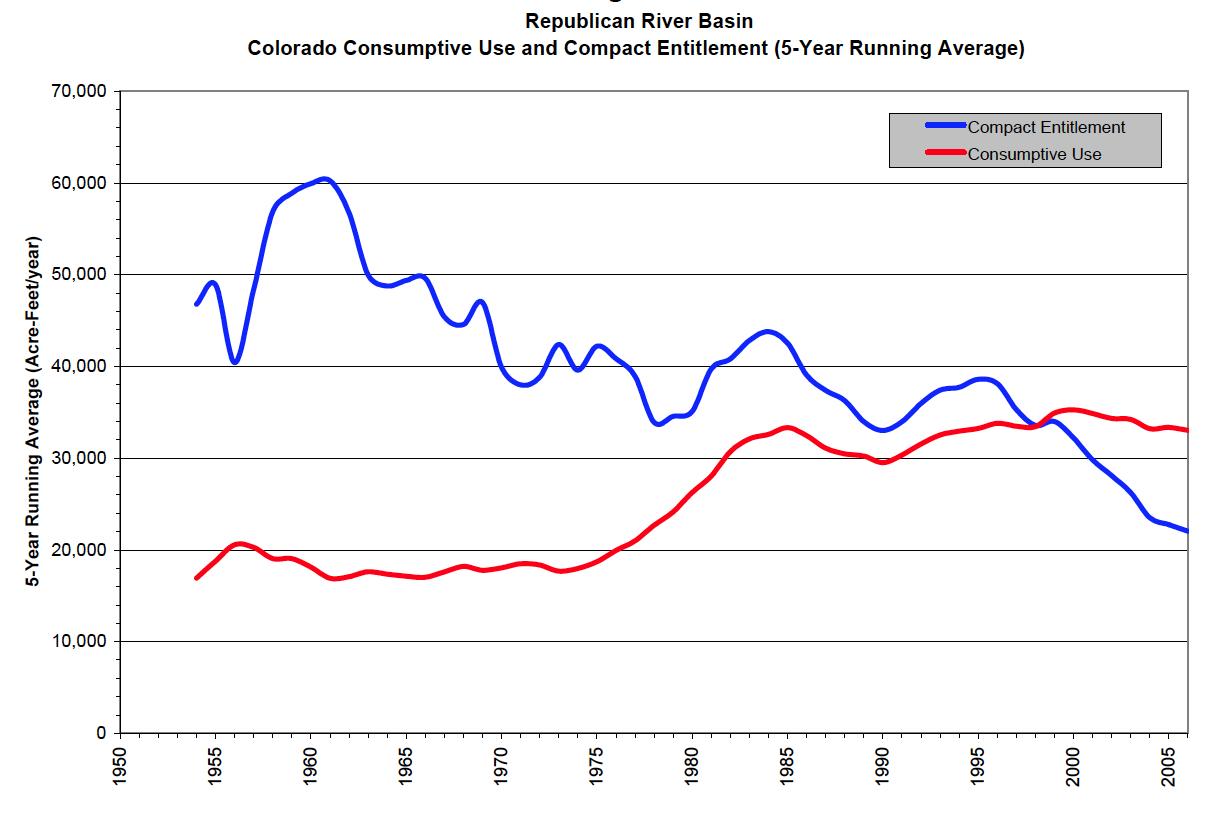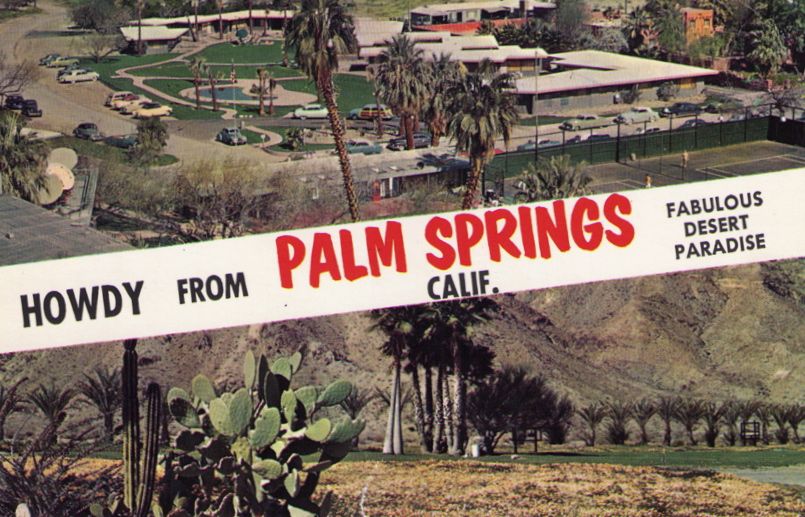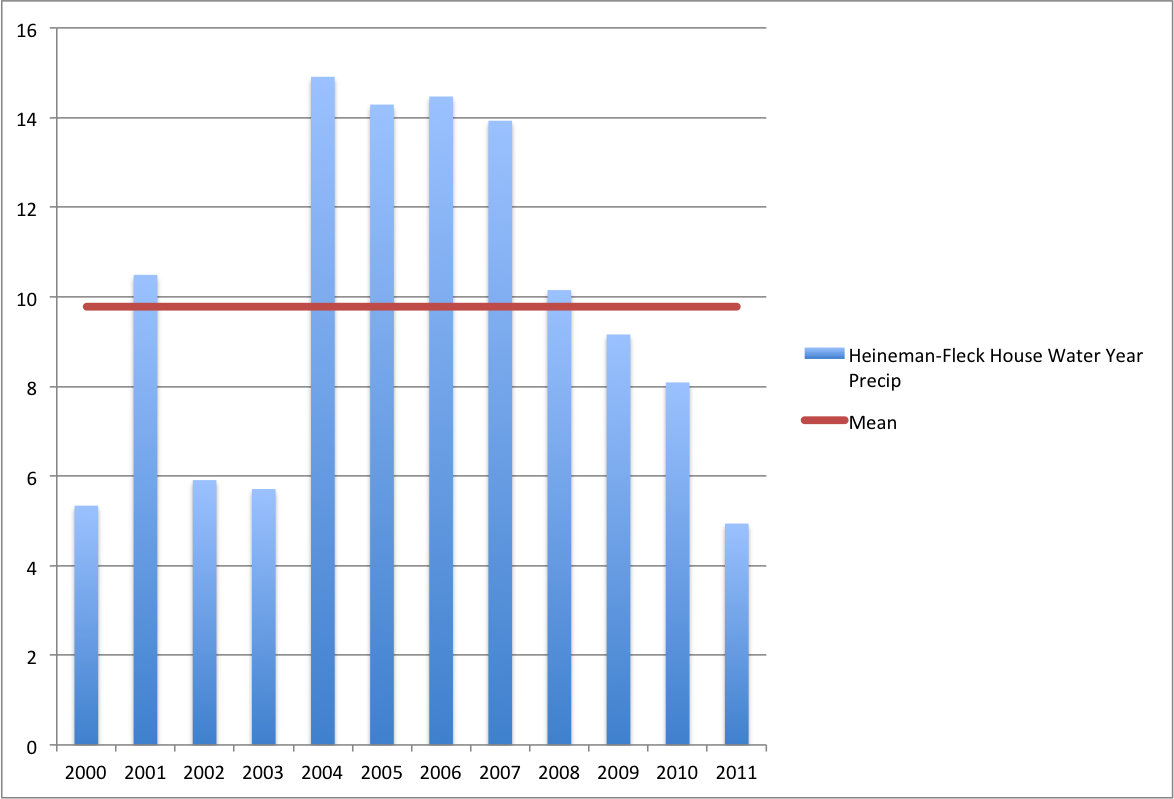Lissa and I are in St. Louis, a wet place. I know it is a wet place because there is no dirt. Or, more specifically, there is no bare dirt. Something’s growing everywhere, the result of 38 inches (97 cm) precipitation per year. I’m always struck by that when I visit a wet place.
While here (we’re actually sitting in the airport pending a return to Albuquerque) I see that my story about the ponderosa forests in our dry place has run in the Sunday newspaper. It’s a bit of a grim tale (sub/ad req):
As fires burn through Southwestern forests with increasing intensity, the ponderosa pines so characteristic of the landscape are increasingly being eaten away, and in some areas have little chance of returning, scientists say.
Las Conchas was the sixth and largest of a series of increasingly destructive fires dating to the 1950s on the east side of the Jemez Mountains. While some of the fire burned at low severity, leaving healthy forests behind, more than 150 square miles of the area’s forests have been burned in destructive, stand-replacing fires, according to Allen. Much of that forest was ponderosa. The result has scientists and forest managers looking intensely at the area to try to understand what happens next.
Ponderosa is only one of the types of forest ecosystem found in the mountains of New Mexico. Piñon-juniper of the lower elevations and the mixed conifer forest found in the Sangre de Cristos above Santa Fe burn differently, resulting in different patterns of revegetation. Damage from fires has been far less severe in those forest types. But ponderosa is a special case because of the special ferocity with which it has burned in recent years.




